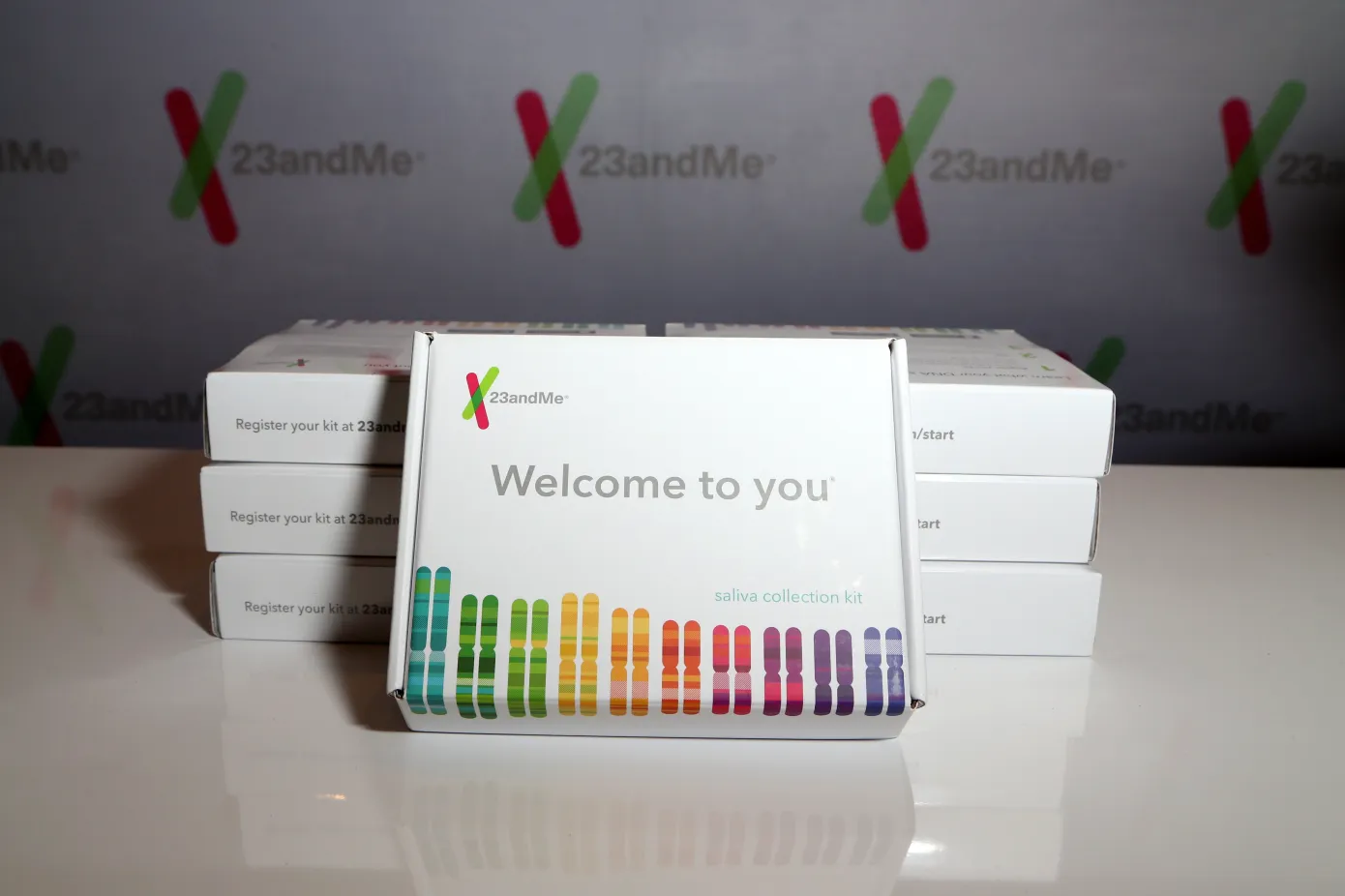23andMe Breach – A Question of Responsibility
In the wake of a significant data breach at 23andMe, a leading genetic testing company, questions have emerged about the allocation of responsibility in cybersecurity incidents. The breach, which exposed the genetic and ancestry data of approximately 6.9 million users, raised eyebrows not just for its scale but also for the company’s response.
23andMe’s stance, attributing the breach to users’ reuse of passwords, has sparked debate. While it’s true that password recycling can increase vulnerability, the situation at 23andMe was more complex. The breach predominantly affected users of the DNA Relatives feature, indicating that the problem wasn’t solely due to weak passwords. This suggests that 23andMe’s security measures might not have been robust enough to protect against such an attack.
The aftermath saw 23andMe resetting customer passwords and mandating multi-factor authentication – a move that, while enhancing security, also felt like a reactionary measure rather than a proactive strategy. The company now faces over 30 lawsuits, with victims’ lawyers pointing out the inadequacy of blaming users for the breach. Moreover, accusations of altering terms of service to hinder legal action from victims add another layer of complexity to the company’s response.
The core question that emerges is about responsibility in the realm of cybersecurity. Should the onus be on the users to ensure their passwords are unique and strong, or should companies like 23andMe invest more in safeguarding their systems against potential breaches?
The answer likely lies in a balanced approach, where both users and companies play their part in maintaining cybersecurity. However, when a breach of this magnitude occurs, it prompts us to reconsider how responsibility is distributed and what measures need to be in place to prevent such occurrences in the future.






